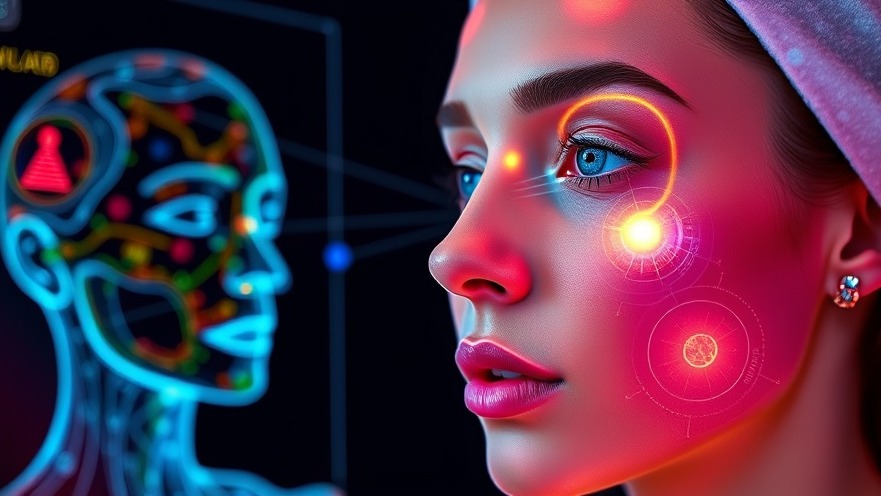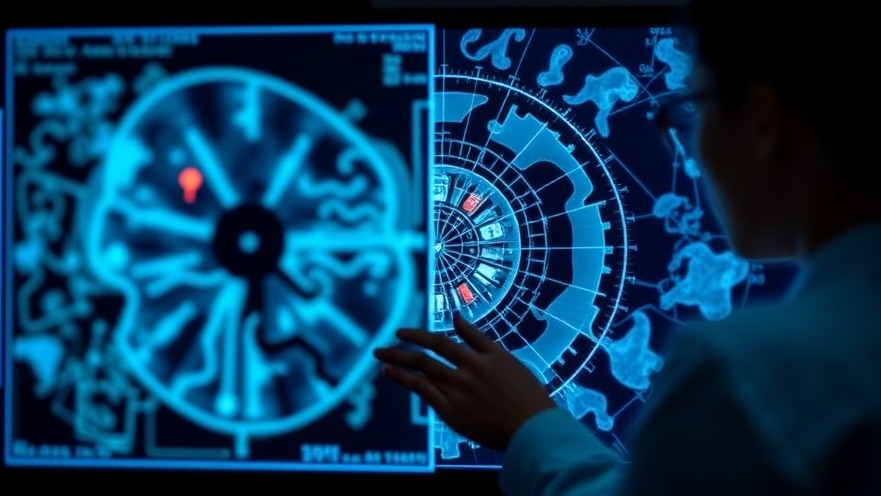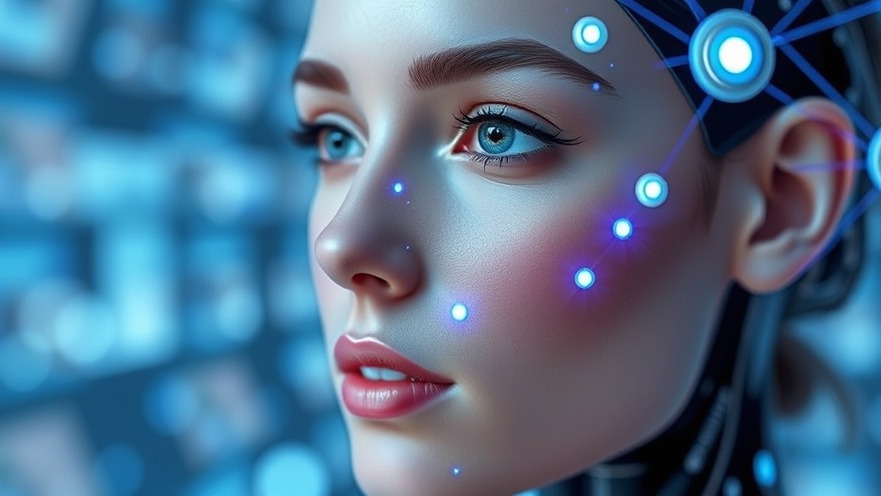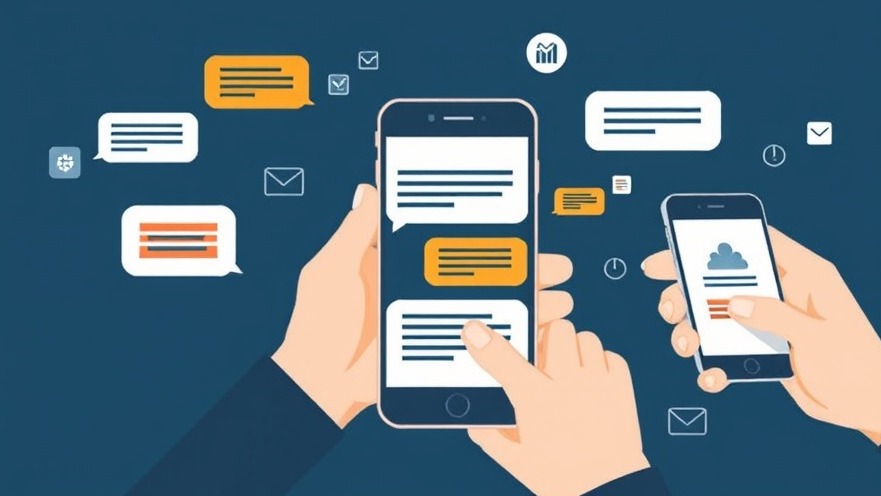
Seeing Beneath the Surface
Most of us have stood in front of the mirror, wondering what’s really going on with our skin.
Is that dryness—or early signs of damage? Are those fine lines… new? And are the products we’re using actually working?
For years, skincare has been filled with guesswork.
Estheticians made educated assessments. Clients trusted their instincts—or the latest influencer.
But all of that is beginning to change, thanks to a quiet revolution happening inside treatment rooms across the country.
AI-powered skin analysis is giving spa professionals a whole new way to see—not just what’s on the surface, but what lies beneath.
It’s turning consultations into clear, data-backed conversations.
It’s helping clients understand their skin in ways that once seemed impossible.
And it’s doing something even more powerful: it’s building trust.
“This machine didn’t just change how I run consultations—it helped my clients finally feel confident in their skin and in their choices,” said Julia, a spa owner who introduced the M9 AI system into her practice and never looked back.
From 3D facial scans to selfie-based diagnostics, the intersection of artificial intelligence and esthetics is making skincare deeply personal—and surprisingly emotional.
What was once a mystery is now measurable. What was once overwhelming is now empowering.
The Technology Behind the Transformation
Artificial Intelligence in skincare isn’t just about fancy tech.
It’s about creating clarity.
Devices like the VISIA Skin Analysis system and the M9 scanner are leading the charge, using multispectral imaging and 3D surface mapping to read what the human eye often misses.
Think sub-surface pigmentation, early UV damage, inflammation, and even acne-causing bacteria.
One of the biggest benefits? Visual proof.
Clients can see what’s happening with their skin in real time—and track progress over time.
Whether it’s monitoring wrinkle depth or comparing hydration levels month to month, the results aren’t just informative, they’re motivational.
“When clients see their true skin age or realize their pores are improving, they get excited. They want to keep going,” Julia explained.
“It’s no longer about selling products. It’s about showing them what’s working.”
At the consumer level, AI tools like Perfect Corp’s YouCam and Haut.AI let users snap a selfie and receive a full diagnostic report.
These platforms are becoming a gateway for clients to understand their skin before even stepping into the treatment room—or a way to stay on top of their regimen between visits.

Pivotal Moments That Changed the Game
The shift from traditional visual analysis to AI-supported diagnostics didn’t happen overnight.
It began in dermatology and clinical trials, where accuracy was essential.
But as consumer demand for personalized skincare grew, spa owners took notice.
The real turning point came when spa clients started demanding visible results.
"Clients were asking, ‘How do I know this facial worked?’ And I realized I needed something more concrete than my word as a professional," Julia shared.
That demand led her to adopt the M9 skin analysis machine, which delivers a high-definition, full-spectrum scan in under a minute.
The results? A complete report card of skin health that includes redness, pore size, hydration, pigmentation, and more—all presented visually.
Meanwhile, other spas began introducing VISIA's advanced technology, known for measuring eight distinct skin features and predicting how the skin may age if left untreated.
"I remember the first time I saw the before-and-after scans on a client after three months of targeted facials," Julia said.
"It wasn’t just her skin that changed. It was her confidence."
Behind Every Pixel: Strategy, Storytelling, and Science
Beyond the bells and whistles, what makes AI skin analysis powerful is its ability to tell a story—a story backed by data, visual clarity, and compassion.
Spa professionals use these tools not just to diagnose, but to educate.
"Clients don’t just want a treatment—they want to understand why you’re recommending something. AI helps bridge that gap," said Julia.
In her practice, every new client begins with an M9 scan.
The consultation becomes a shared exploration.
The esthetician explains each section of the scan, outlines a treatment plan, and helps the client visualize what progress might look like.
It creates a sense of partnership.
And that partnership can dramatically boost retail sales, treatment package commitments, and long-term loyalty.
Clients no longer feel they’re being sold to—they feel supported.

What Makes These Tools Truly Unique
While AI in beauty is growing rapidly, not all tools are created equal.
VISIA, for instance, offers a "true skin age" metric that motivates clients and tracks how much their skin has "aged in reverse" through spa care.
M9’s ability to upload a spa’s product catalog and auto-match recommendations turns the tool into both a scanner and a smart sales assistant.
Meanwhile, mobile-first platforms like Haut.AI use inclusive data sets that reduce bias and improve accuracy across all skin tones.
That’s essential for ensuring these tools serve a diverse clientele.
It’s this combination of inclusivity, precision, and storytelling that sets AI-powered skincare apart from past tech fads in the industry.
Tips for Spa Owners and Curious Clients
For Spa Professionals:
Choose a device or platform that fits your workflow and budget.
You don’t need to go top-tier to gain trust—even mobile AI scans can build credibility.
Educate your staff. A powerful tool in the wrong hands can feel impersonal.
Use the data to tailor treatments and retail. The more personal the plan, the higher the follow-through.
For Clients:
Ask your esthetician if they use skin analysis tools.
If not, ask for a pre- and post-treatment photo comparison.
Don’t get caught in “more products = better” thinking.
Use your scan results to simplify your skincare routine.
Track your skin’s progress over time—you might be surprised how much it changes when you stop guessing.

The Future Is Personal (and Bright)
There’s something powerful about seeing your own skin’s story unfold in real time.
With AI tools in the treatment room, clients aren’t just trusting the process—they’re witnessing it.
It’s a shift from mystery to meaning.
From “Is this working?” to “Here’s how far you’ve come.”
“I used to feel like I had to prove myself to every new client,” Julia said.
“Now, the machine helps me tell the truth their skin already knows.”
Whether you’re a spa owner looking to elevate your service or a skincare enthusiast hoping for clarity, one thing is clear:
AI isn’t removing the human touch from spa care.
It’s enhancing it—making it smarter, more compassionate, and more personal than ever before.
Clear Takeaways and an Invitation to Evolve
At its core, AI-powered skin analysis is about seeing clearly—both for clients and professionals.
It's about understanding the hidden layers of skin health, visualizing progress, and empowering decision-making with data instead of assumptions.
From Julia's story, we learn that embracing new technology doesn't mean losing personal connection.
In fact, it can strengthen it.
With the right training and intention, these tools can help spa teams build more trust, drive better outcomes, and create memorable guest experiences.
"The best part isn't the scan itself," Julia shared.
"It's the moment clients see what's possible and believe they can transform."
Whether you're a spa owner considering your next investment or a skincare client looking for answers, now is the time to explore what AI can reveal.
Reach out to your local spa. Ask about AI tools. Or, if you're in the industry, take the leap—start with one scan, one client, one story.
Because personalized skincare isn't the future.
It’s already here.
And it’s waiting for you to tap in.
 Add Row
Add Row  Add
Add 




Write A Comment